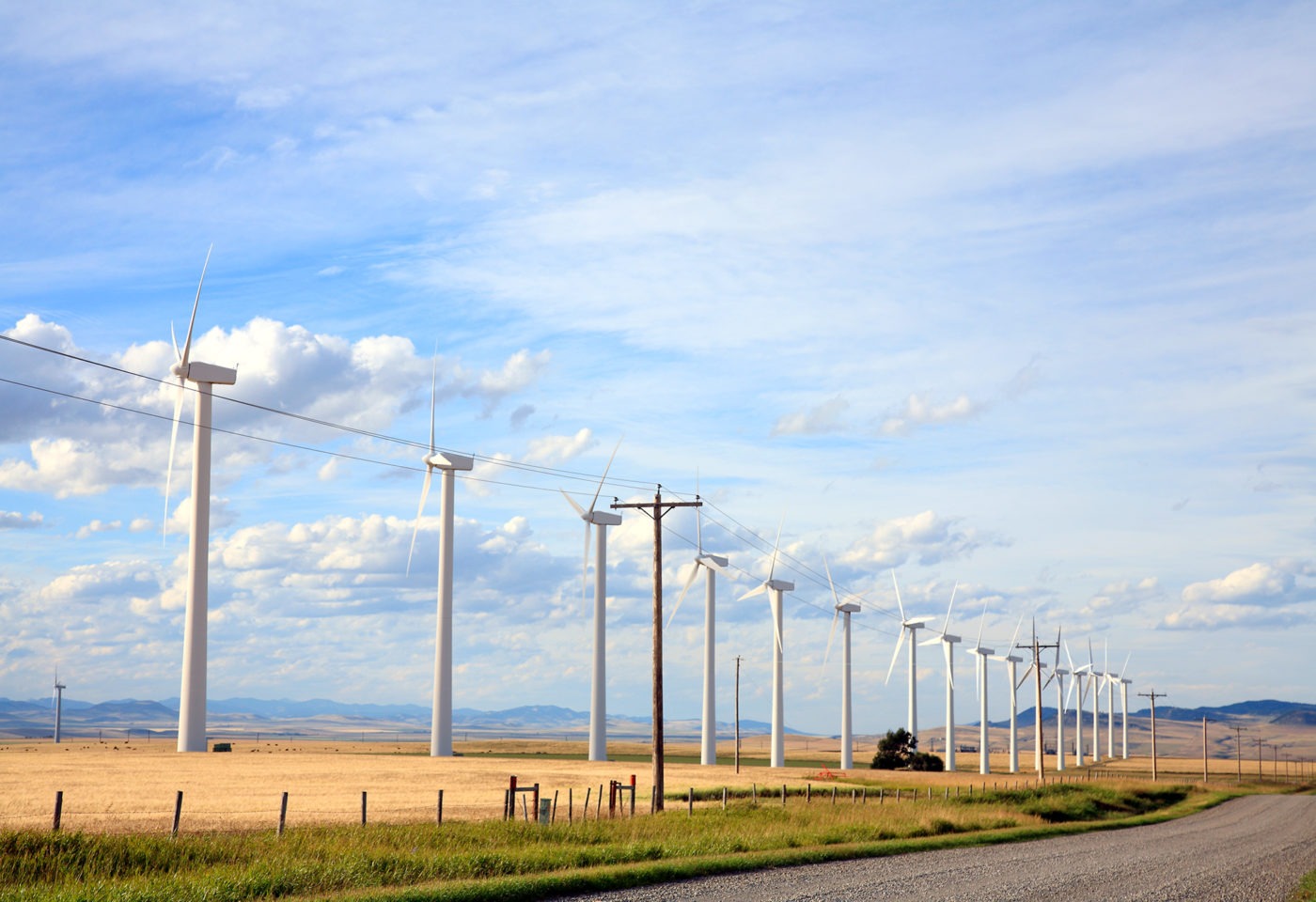By Nick Martin
Published in the Hill Times
July 16, 2018
With cross-border clashes on issues, ranging from pipelines, to booze, to out-of-province licence plates, the provinces have room for improvement when it comes to working together.
It’s no different when it comes to electricity.
While restrictions on bringing some beer across provincial borders (as in the recent Comeau case in the Supreme Court) can be inconvenient, barriers to interprovincial electricity trade can have costly implications for Canada’s efforts to reduce greenhouse gas emissions. Enabling more electricity trade between provinces can go a long way in helping Canada reduce emissions cost-effectively, but challenges remain.
Canada’s electricity system is composed of largely isolated provincial grids. Relatively little electricity flows over provincial borders, and what electricity does leave a province is usually headed to the U.S.—sometimes for very cheap prices.
This has worked well enough in the past. Most provinces have been able to supply their own electricity cheaply and reliably. Today, Canada enjoys some of the cheapest electricity among OECD countries—and 80 per cent of it comes from emission-free sources. There has been no significant need to trade electricity between provinces.
The future may not be as simple. If Canada wants to reduce its emissions, it will need to make its energy system even cleaner. This will mean electrifying traditionally fuel-consuming services such as transportation while also building an electricity system with the ability to power more things.
Where will Canada find more clean electricity to power this energy future? It could tap more of its hydroelectricity potential or build more nuclear generation—both of which provide the majority of Canada’s existing clean electricity. Renewable sources like wind, solar and geothermal may also play a role. All are becoming increasingly cheaper and technically feasible, and each will be necessary to meet our demand for clean electricity. However, these sources are location dependent—they are best built where it’s most windy or sunny or where the geology is favourable. For this reason, the best renewable resources may be far from where the electricity needs to go.
For example, Alberta has some of the best wind resources in Canada and is quickly building a lot of wind generation, but eventually it could find it has more wind power than it can feasibly consume during windy times. This will lead to curtailment and clean electricity being wasted if it can’t be sent to a neighbouring jurisdiction.
This is why it will become more important for the provinces to work together. Improved electricity trade between provinces will enable the cost-effective integration of new renewable electricity. Provinces will be able to develop their best renewable resources, whether it’s geothermal in British Columbia or wind off the coast of Nova Scotia, and send that electricity to where it is needed—even if it’s across a provincial boundary. Canada’s existing hydroelectric production—mostly concentrated in a handful of provinces—can help balance uncontrollable sources such as wind and solar.
More integrated electricity trade will require more infrastructure (e.g. transmission lines) to enable electricity to flow between provinces. It will also require provinces to address non-infrastructure related challenges such as rules that give preference to provincial electricity providers and the lack of interprovincial electricity system planning.
What needs to be done?
First, the provinces need to take this issue seriously. Electricity generation is largely under provincial jurisdiction, so nothing will happen if the provinces don’t want it. If done right, improved electricity trade will benefit all provinces involved by lowering costs while helping the country achieve its climate goals. Electricity trade should not become enmeshed in unrelated provincial disputes.
The federal government has an important leadership role to play. It can provide incentives for provinces to come to the table and remove unnecessary barriers to electricity trade. Federal agencies such as the Canada Infrastructure Bank are well-suited to help fund the infrastructure needed to enable electricity flows between provinces—especially where it will lead to greenhouse gas reductions. But funding needs to be tied to real commitments by the provinces to address electricity trade barriers.
It’s time to show that the provinces can still come together to address a common challenge. Let’s lead the way by improving electricity trade to combat climate change.
– Nick Martin is a policy analyst at the Canada West Foundation.
